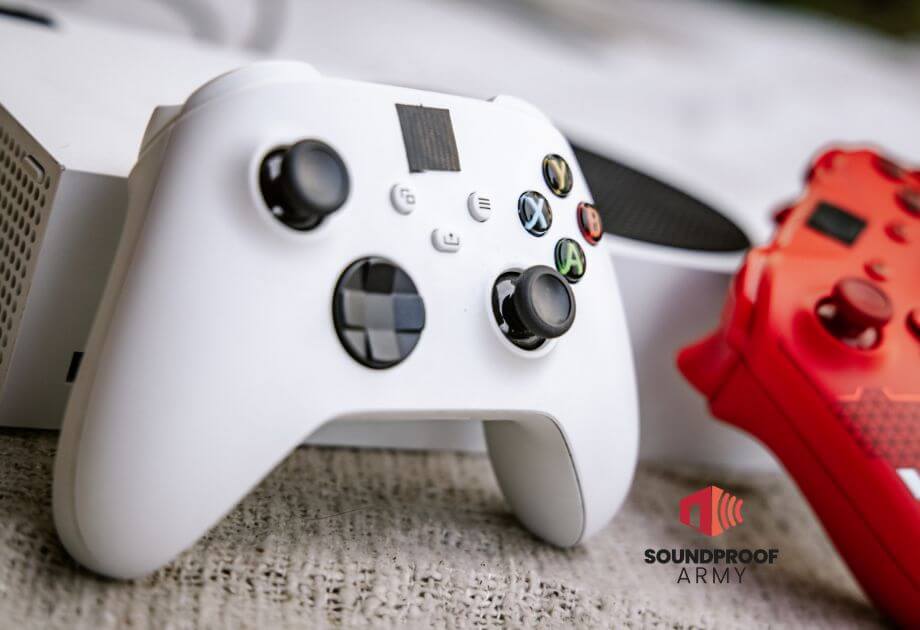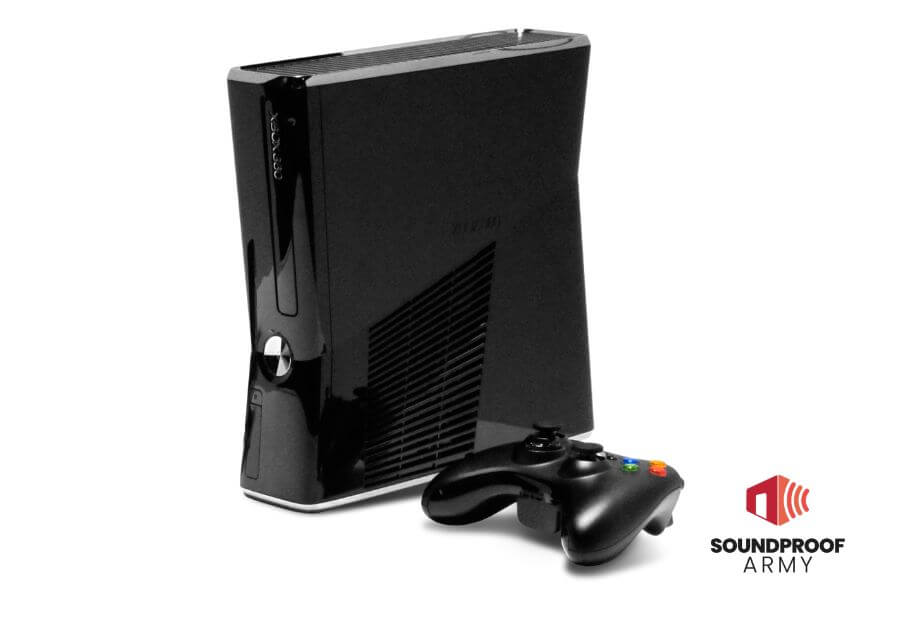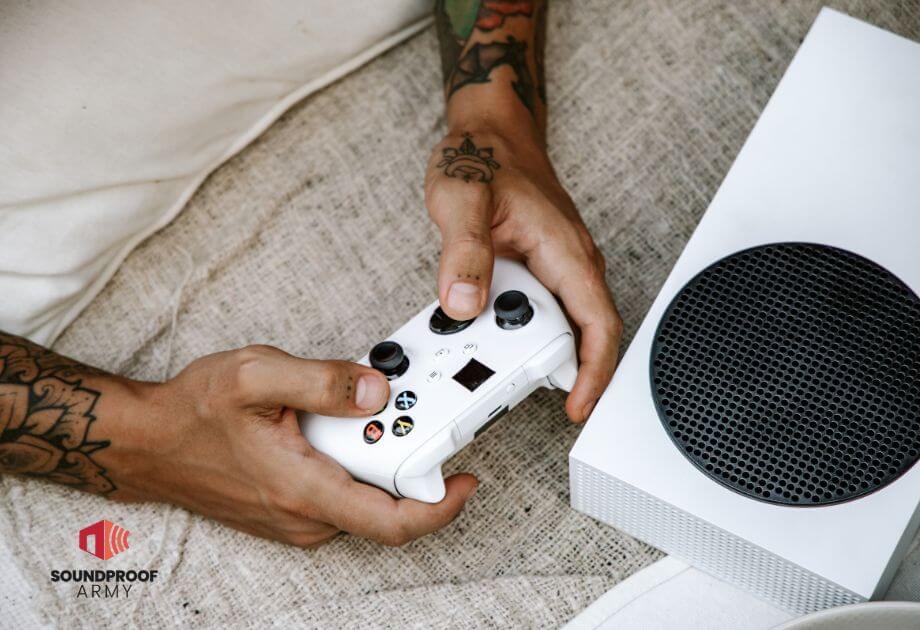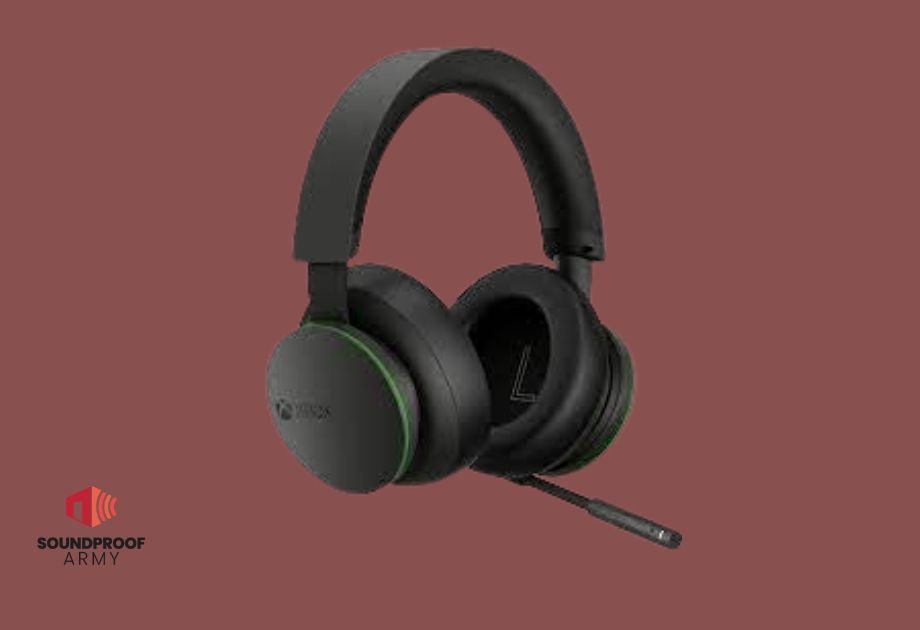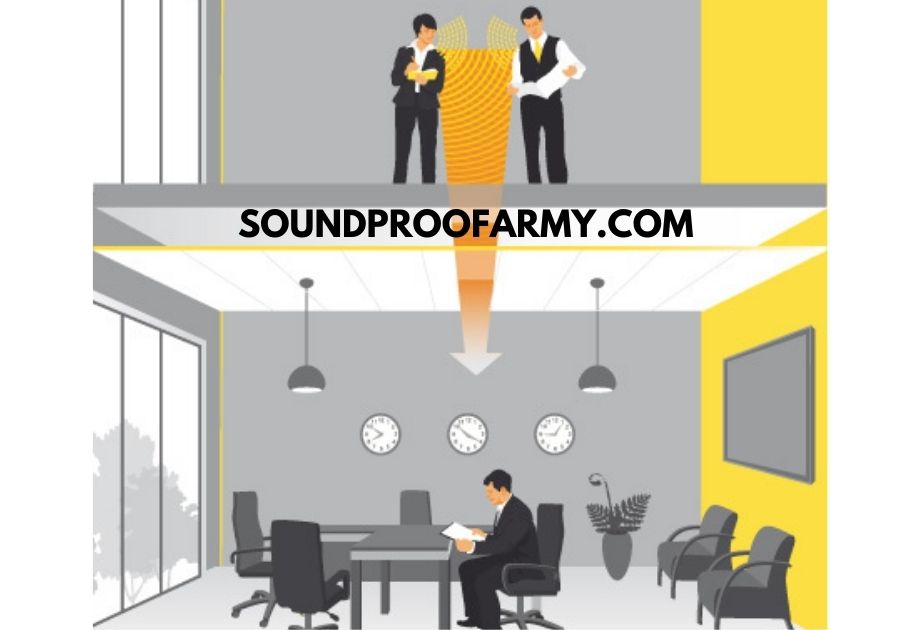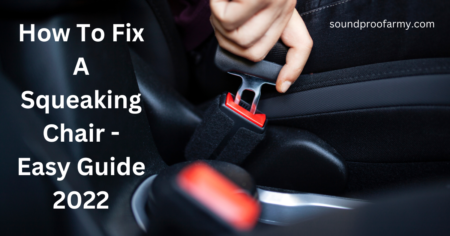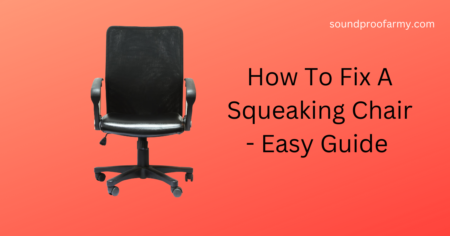Drummers, sound engineers, and music lovers who need to practice their craft in the comfort of their homes are often plagued with noise complaints. Here we bring the latest tips, on how to soundproof a room for drums.
- Seal the Gaps
- Reduce echo from the wall
- Soundproof Windows
- Use a Drum Shield
Soundproofing a room for drums is not an easy feat by any means, which is why it requires a lot of time and effort, but the results are worth it.
To deal with this issue, here are some soundproofing tips for your drum practice room:
Table of Contents
How to Soundproof Your Room for Drums
Seal the Gaps
So with the help of high-density tape and insulation, you can create a soundproof room for drums. Different thicknesses of tape are good for different rooms. Choose the one that’s best for you, but remember not to use the thickest
Beyond that, it’s important to add acoustic absorption materials such as heavy fabric, furniture with cushions or pillows, and even curtains on windows – otherwise higher decibel noises might travel through thin walls much more easily.
If feasible you’ll also want a door threshold (or rug) underneath your door when possible too; at minimum make sure there is a solid wood door frame between an area of high sound activity (such as a party or loud living space) and another area with significantly less noise.
On the other hand, adding a dense door to your room is one way to make noise insulation more effective. Add fiberglass panels as well for the ultimate sound dampening in any room.
There are many options in denser and heavier doors you might be able to add, such as adding “densifiers” into the wood, fiberglass (e.g., Owens-Corning), or steel. You can also find heavy-duty screens for windows that work like drapes that will help to stop drumming noise from spreading to other parts of the house.
Reduce echo from the wall
Sound can bounce off many surfaces, so to reduce the echo it’s necessary to make the room really absorbent.
Acoustic panels are a great option for reducing sound bouncing off the walls and becoming an echo in your room.
These panels work because they use recording studio principles – deadening the acoustic surface to stop sound waves from reflecting. Acoustics panels can be made of fabric or foam, or even simply be steel plates hung with elastic bands.
Noise can’t be absorbed by the carpet, but carpets or rugs will act as comfortable cushions that absorb the noise and lessen echoes.
Many building materials like flooring can also help control sound because they soften vibrations from both music and drums.
You may consider buying a “sound absorption sheet” or dampening the drum noise for your room to soundproof.
Sound absorption sheets are cheap and effective at cutting down on echo. Best of all, they’re easy to work with and inexpensive.
Sound absorption sheets made from environmentally friendly materials are the easiest and most affordable way to soundproof a room.
They provide better acoustic properties than any other type of material, whether it be foam or soundproof curtains.
You can reduce the amount of sound through echo reduction by filling a room with furniture.
In this way, any replays of your drumbeat will be from objects in close proximity to each other.
This will result in less reverberation because there are more surfaces for the reflected sound waves to bounce off of before arriving at your microphone.
Soundproof Windows
Windows have gaps between the panes of glass (called “spaces”) or an air layer (called “air space”) that will allow sound a direct route into your room.
If you are playing drums, for example, not only can you hear the drumming plainly from across your property but it is also transmitted to neighboring properties and even houses down the street.
So the first step is to install windows that have low clearances in doorways and high-clearance kick plates on exterior doors; this cuts down sound leaking.
One way to do this is by filling the air gaps between the window and wall with sealant.
This reduces how much noise gets through a window.
The other major way to soundproof a room from drums is to make it thicker.
So that the sound waves will be absorbed more, if you are going acoustic then double up on the drywall and put fabric inside of it.
A whole host of things that act as sound insulation exist – from curtains, foam tape to blinds.
What they all have in common is they absorb vibrations and stop them from bouncing off surfaces such as walls and out through open windows again.
A window plug will clamp onto your window and keep out some of its noise.
You can install this with just a bit of drilling into your drywall or plaster baseboard so long as you have an existing window in place already. acoustic plug
An acoustic plug also helps to dampen sounds by installing it onto the window to block out gaps and cracks.
Which means it absorbs some energy that may otherwise be heard.
Use a Drum Shield
Acoustic drum sets can be very loud. This is an issue not only for the drummer of the kit but also for anyone who needs to be in that room with them.
Drum shield panels are designed to block noise from acoustic drum sets and protect all those around from hearing it if they don’t want to.
An acoustic drum shield is available for around $44-150 depending on size and design.
The least expensive models tend not to be very durable, so if you’re serious about your music gear you may have to buy more than one.
Final Thoughts on How to soundproof room for Drum
The noise from drums can be a serious problem for those who live in close proximity to the person playing them.
Start by investigating your room to locate gaps that may allow airflow into space and seal any cracks or openings in the wall, windows, and door frame.
You may be able to fix the problem yourself without spending too many resources by following these tips for minor adjustments first – let us know if there is anything else we can help with along this journey!




